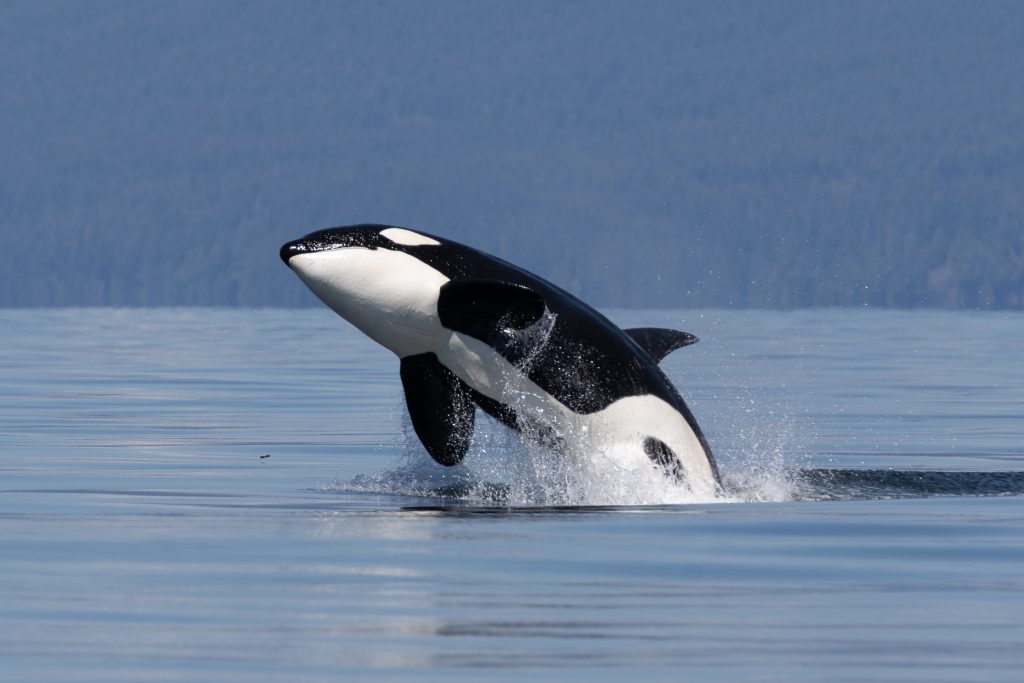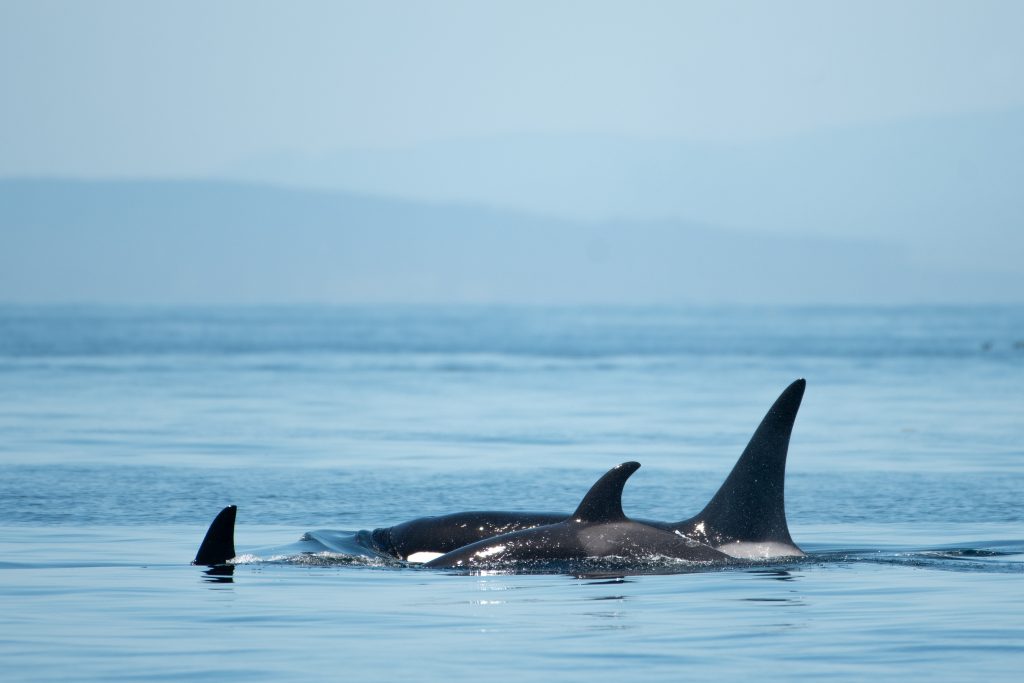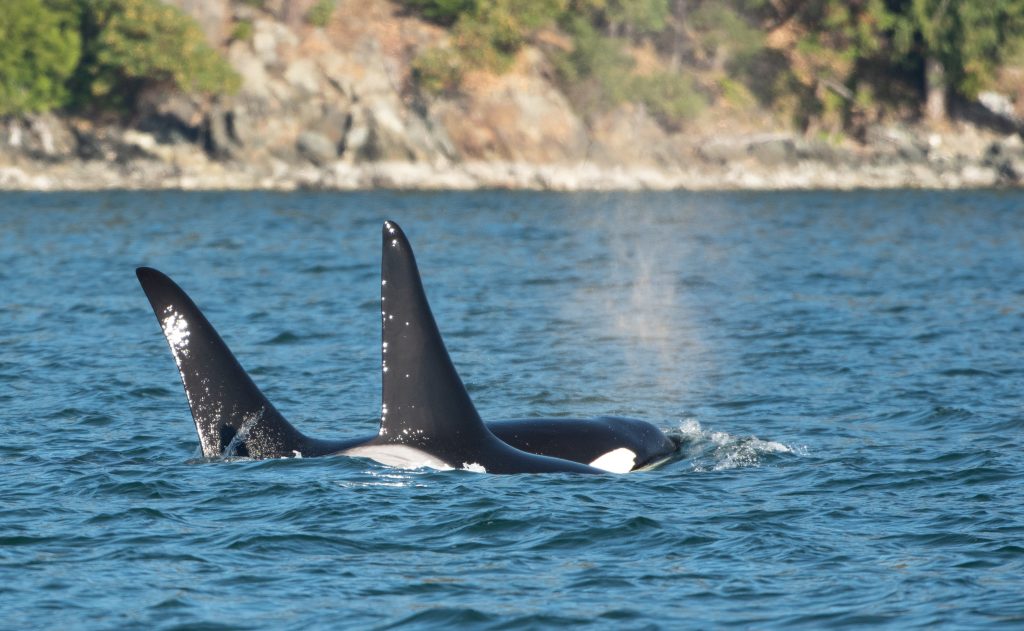Orca sightings at all time high on B.C.’s coast

Posted September 2, 2024 7:07 am.
Last Updated September 2, 2024 7:11 am.
You may get a treat if you’re on the waters of the Salish Sea for Labour Day — or the next few weeks.
The Pacific Whale Watch Association (PWWA) says it’s been a banner year when it comes to sightings of orcas, grey, and humpback whales.
Erin Gless, the association’s executive director, says you need to keep an eye out for a couple of indicators if you want a once-in-a-lifetime experience.
“Dorsal fins. Look for splashing. Look for blows of whales. Look for Whale Watch vessels. That’s a good hint that there’s a whale nearby. But we really just want to make sure that people are boating responsibly about these animals. So, you know, slow down, be vigilant, and hopefully we can all enjoy the whales responsibly this weekend,” said Gless.
The federal Department of Fisheries and Oceans says boats must keep 200 metres away from all killer whales in B.C. and the Pacific Ocean.
Gless says Bigg’s Killer Whales — which eat mammals — have been everywhere. July was particularly noteworthy according to stats from the PWWA, with 214 unique sightings of Bigg’s Killer Whales in that month alone.
“10 years ago, we hardly saw them at all in this area. But because those seal and sea lion populations are doing so well, they’re coming around nearly daily. They’re having lots and lots of babies. We’re already up to 14 babies added to their population so far in 2024,” said Gless.
According to the association, as many as 41 individual whales have comprised some of the groups spotted.



The Orca Behavior Institute (OBI), a local research group that compiles whale reports from professional whale watchers, regional sighting groups, and community scientists throughout Washington and British Columbia, says it makes sure to only count one spotting of each group per day.
But it’s not just orcas. The association says humpback whales are also being seen on a daily basis — with hundreds of the mammals swimming through the Salish Sea every year.
She says it’s truly remarkable seeing the awe in people’s faces as they spot an orca or whale for the first time.
“To see the look on their face when they see these animals that they’ve probably only seen in books or in movies and seeing them in their natural habitat for the first time, it’s just really, really rewarding. And we like to think that that’s part of our kind of conservation strategy.”
—With files from Charles Brockman








